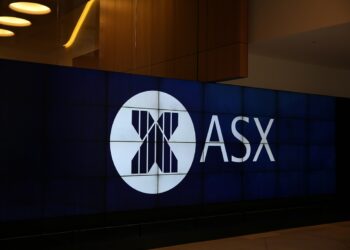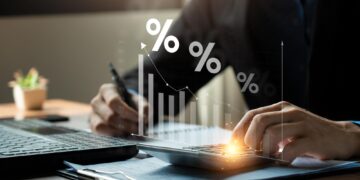Global investors flock to Australia’s ‘brightest star’ credit market
Australia’s private credit market is now “officially irresistible,” according to Msquared Capital, and stronger than the comparable market in the US. In a note to investors, Msquared Capital managing director and co-founder Paul Miron said the local sector has crossed into global must-have territory and that late-arriving investors are increasingly venturing into riskier pockets of the market as the safest opportunities dry up. Miron joined...
Read moreDetails

















